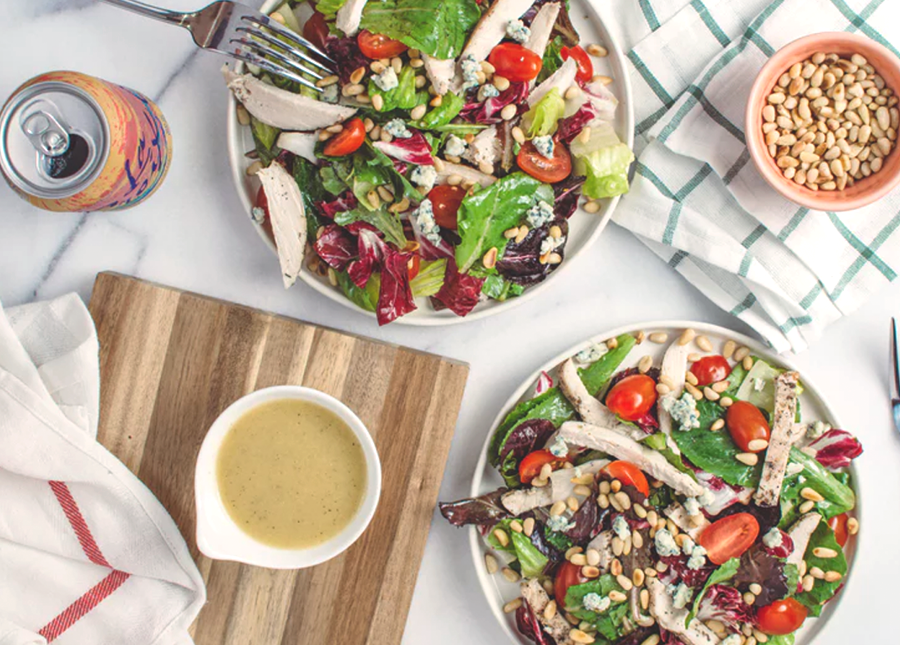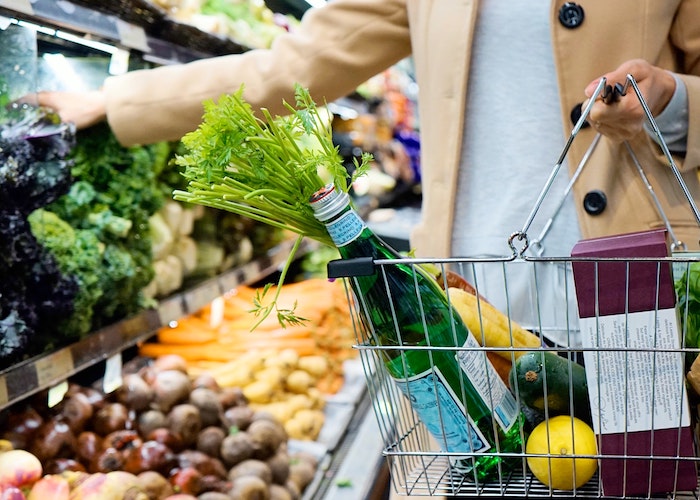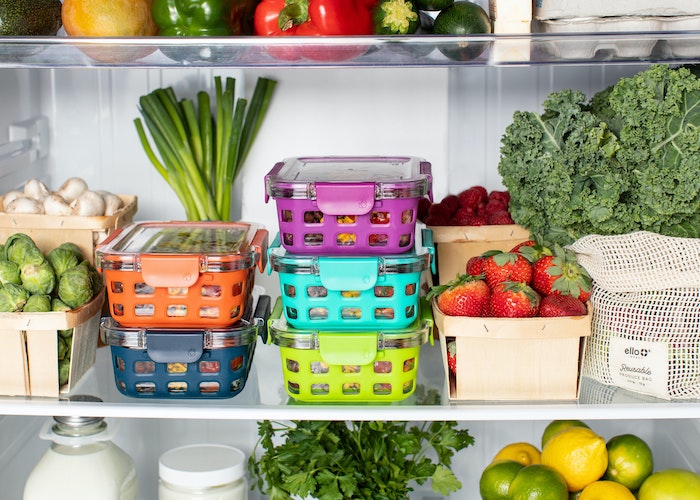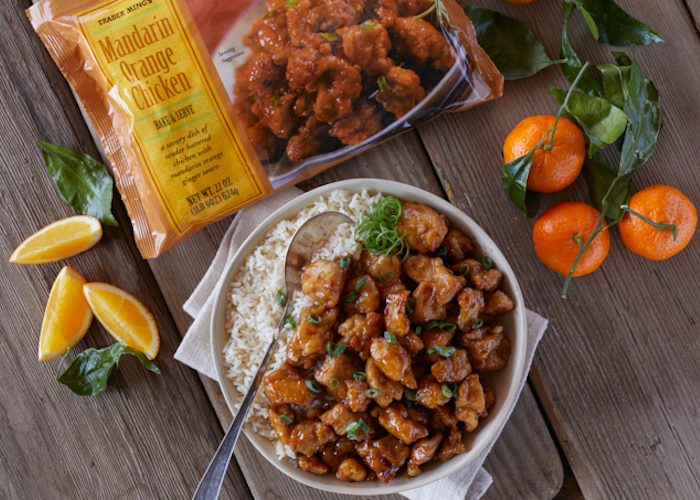What I Learned When I Added Up 3 Months Of Food Spending

Ignorance is bliss. And I’ve been blissfully and completely ignorant to how much money I spend on food. I track my spending to the penny, so I’ve always had the information available. I just didn’t take the time to add up monthly grocery and dining out expenses. But I recently (reluctantly) did the math, and what I found was appalling, not to mention embarrassing.
Monthly Food Expenses
Month #1: $271 on grocery + $316 on dining out = $587/month
Month #2: $222 on grocery + $252 on dining out = $474/month
Month #3: $270 on grocery + $366 on dining out = $636/month
Average Monthly Spending on Food: $565/month
From my minimal research, I am at the high end of spending on food. While I make up for it in other parts of my budget, I certainly don’t consider myself someone who can be liberal with my spending. My blissful bubble has officially burst! I need to make some changes to seriously cut back on my food spending. So, after years of spending on food like a near-maniac, I am going to take some intentional steps to reduce my grocery and dining out budgets.
Reducing My Grocery Budget
Look at exactly what I’m buying and cut out the most expensive problem items. For example, a lot of people cut out items like avocados and meat. I don’t buy either of those more than a few times per year. But I’m interested to see what my most frequently purchased pricey items are. My guess is that they rhyme with “shmotato mips” and “splice dream.” I’m hoping this attention to detail will help me create a “More-Less” List. I can write down items that seem to be a good bang for my buck that I should buy more of, as well as items that are too expensive to purchase regularly.
Keep track of the cost of my most commonly purchased items. I first read this in an article on TFD, and my eyes nearly popped out of my head when I thought about how great of an idea this is. I have some staples that I never leave the grocery store without: apples, hummus, zucchini, onion, and freaking tortilla chips. I am absolutelygoing to start writing down the price per pound or container. Maybe this will lead me to seek out different fruits/veggies that are priced more reasonably.
Actually use what I buy…and all of it. This will help me reduce my grocery budget, but it will also help me avoid dining out. I don’t know about you, but if I know I have a good meal waiting for me at home, I will likely skip all the amazing takeout restaurants I pass on my walk home (and I pass a lot of plces). Usually the “good meal” is some form of amazing leftovers or a pint of Ben and Jerry’s. Hopefully, I can get just as excited about sweet potato hash or whatever other concoction I can create from my weekly groceries.
Reducing my Dining Out Budget
Stop giving in to the worst offenders. For me, my two most unavoidable restaurants were Chipotle and Minerva Pizza (a local pizza place that I can practically see from my house). I’m almost embarrassed to share how much money I actually spent at those two places, but the first step to recovery is to admit there’s a problem. And there’s a problem. Of my $311/month spent dining out on average, $21/month went to Chipotle and $43/month went to Minerva. If I just stopped eating at those places alone, I could save up to $768/year!
Say yes to free meals. It’s not like I’m getting offers for free meals on the regular. But sometimes I’ll have the chance to go to a campus or community event that serves food. I won’t go nuts trying to find all the events with free food, but I think it would be wise to take advantage of those opportunities and eat whatever I can.
Write out all the meals and snacks I can create using items I have at home. I often buy ingredients that, at the time, I think are very versatile. Then I get home from a long day and I don’t have any remaining creativity or brain power to put toward cooking. I then ignore the fresh ingredients I’ve purchased and eat pretzels dipped in hummus and a handful of nuts for dinner. I want to make sure I use all the ingredients I purchase, particularly because they’re delicious and can yield some fantastic recipes. So, after I get home with my groceries and meal prep the easy stuff (chili, quinoa, beans, chopped veggies, etc.), I will also write out a list of the potential combinations I can get out of the leftover ingredients. I can use the list as a personal menu to select what I’m in the mood for.
Have any budget techniques or tips that work well for you? Let me know in the comments section below!
Jane B. Diener is a freelance writer, foodie, and budget enthusiast based in Providence, Rhode Island. She has a big girl job working in higher education, molding young minds. You can find Jane on Twitter, Instagram, and her food blog.
Image via Unsplash




